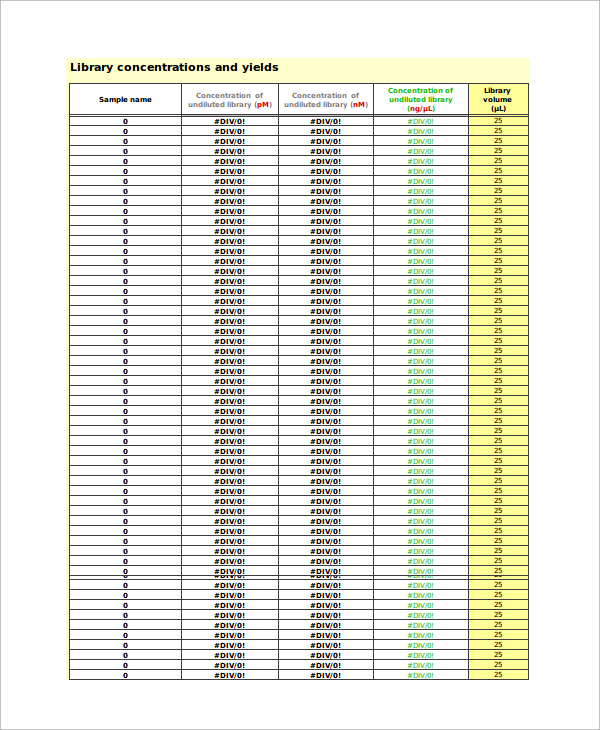
This one high value may justify enough of a "benefit of the doubt" in order to assign a high score to this unit.Dea Data Envelopment Analysis Free Download The name reflects the intuition that a unit (area, social group, individual) may attain a high score on the strength of a high value on one indicator even if it is low on some or all of the others. Known also as the “benefit of the doubt method” in social indicator research, DEA translates a simple philosophical assumption. In the simplest case of two measures - say, the number of affected persons for magnitude, and their proportion in the pre-crisis population for intensity - DEA offers an immediate and intuitive visual interpretation. It is attractive also because a freeware application is available that works closely with MS Excel, the workhorse of humanitarian data analysis.ĭEA is suitable particularly for relatively simple situations - situations in which only two or three measures (primary or composite) are to be combined.


It avoids pre-defined indicator normalization, weights and aggregation functions in favor of data-driven parameters. It is attractive because it circumvents some of the issues in classic index formation altogether. This note introduces a method known as Data Envelopment Analysis (DEA) as a tool for computing priority measures for affected communities, sites or social groups. Numerous tools have been developed to aid it, but a universally suitable algorithm to establish priority indices has not been established. In humanitarian action, "setting priorities is part of strategic response planning" (UNOCHA 2014).


 0 kommentar(er)
0 kommentar(er)
